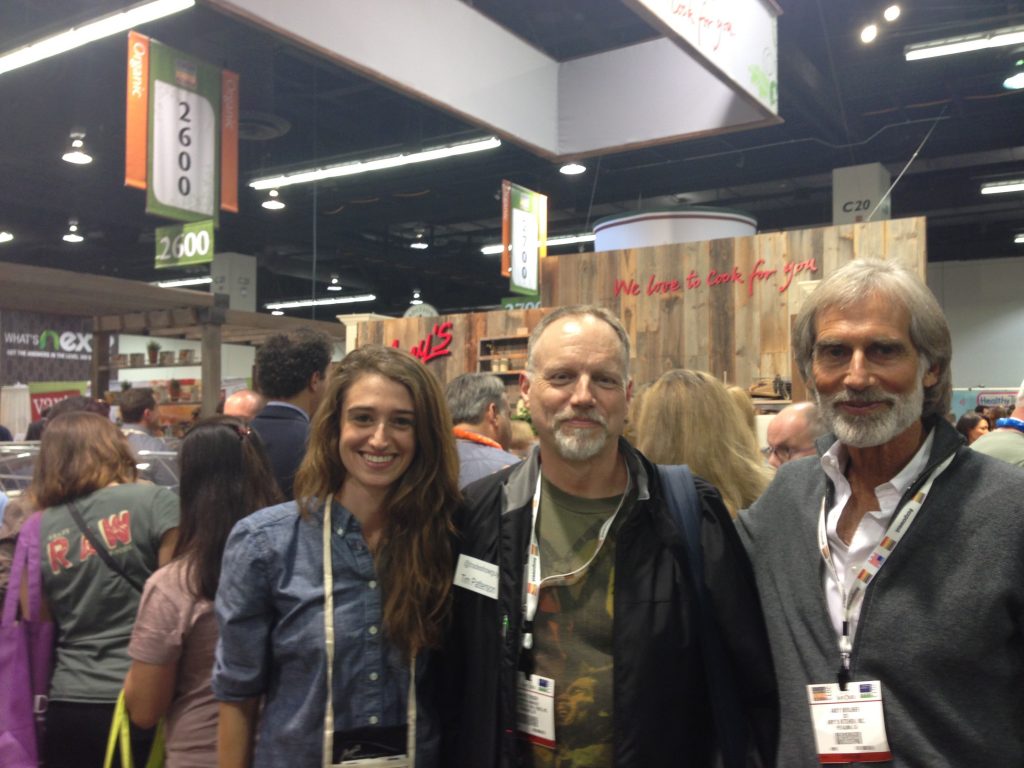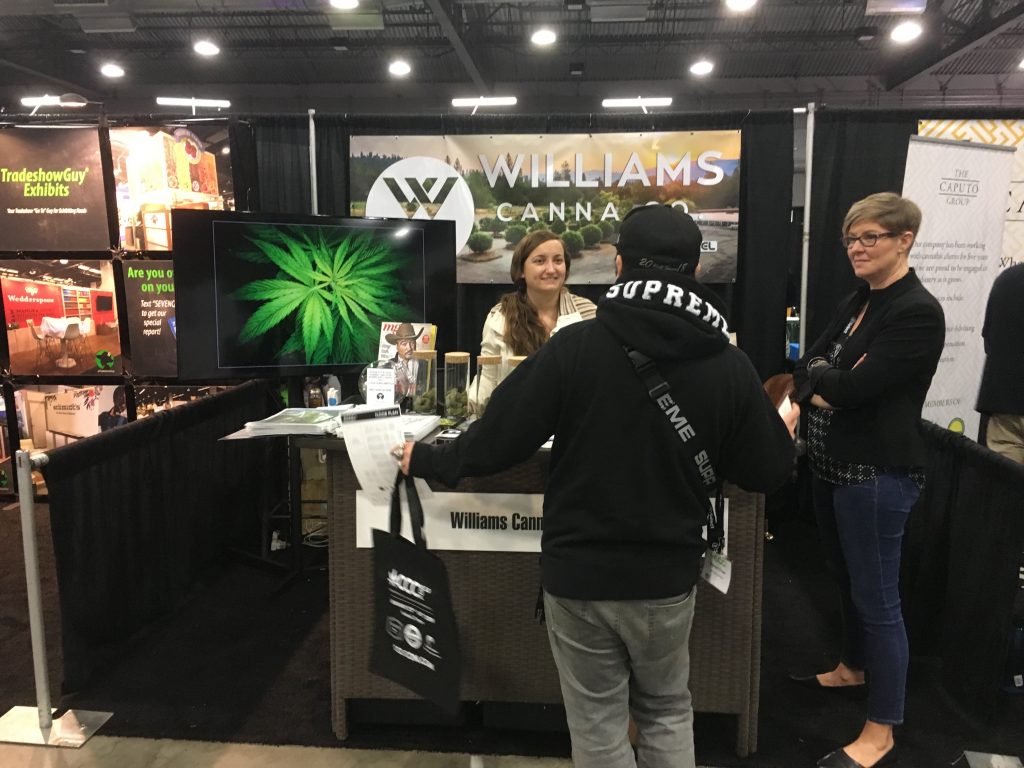Top Ten All-Time Most Viewed TradeshowGuy Blog Posts
I got an email the other day from someone whose newsletter I had just subscribed to, and in the introduction email there was a link to the top 5 most read blog posts on her blog. That’s when an idea light lit up over my head and gave me an idea for a blog post (as a blogger, you’re always looking for ideas, right?).
Next thing you know I was pawing through my Google Analytics account to find out what were the most-viewed posts on this blog. These are the ones that floated to the top, for whatever reason. It’s all organic. I don’t advertise, but I do share links now and then on Twitter, Facebook and LinkedIn. On occasion there might be a link here from Pinterest. Or another blog.
This blog is aging. It’s over ten years old, having been launched in November, 2008. There are almost 1000 posts.
One more note: the analytics breakdown shows the front page as “most-viewed” and a couple of pages (not posts) showed up in the top ten as well, including the Contact Me page and the We Accept Blog Submissions page. But beyond that, here are the top ten blog posts since the beginning of the blog (in traditional countdown order):
Number Ten: The Ultimate Cheat Sheet for Exhibit RFPs. I created a one-page sheet on what should go into an Exhibit RFP (Request for Proposal), and posted it on Cheatography.com, a site for thousands of cheat sheets. Kind of fun. They regularly sent me emails telling me how many times it was downloaded (500! 1000! 1500!). Not sure how accurate that is, but obviously it’s been seen by a lot of people. From September 2017.
Number Nine: Breaking the Ice: How to Attract Tradeshow Visitors. I referenced a number of techniques taught by tradeshow colleague Andy Saks for this article, which appeared in December 2015.
Number Eight: 23 Pre-Show Marketing Tactics, Promotions and Ideas. A laundry list that was posted in October 2009 when the blog was not even a year old.
Number Seven: How to Build a Tradeshow-Specific Landing Page. Inspired by Portland’s Digimarc, it’s a look at the steps you can use to put together an online site specifically to interact with potential tradeshow booth visitors. From December 2017.
Number Six: Write More Orders at Tradeshows by Replacing Paper With Digital Technology. One of two guest posts on the Top Ten list, this is from Sarah Leung of Handshake. April 2015.
Number Five: Tradeshow Debriefing Questions. Another oldie but goodie, this post from September 2009 guides you through the after-show info-gathering process.
Number Four: Virtual Reality for Tradeshows. You’ve seen them at shows: people wearing VR goggles. Is it worth it? A brief exploration, from June 2016.
Number Three: Exhibit vs. Booth vs. Stand. They’re called different things in different parts of the world, so I took a whack at trying to explain it. Just last summer in July 2018.
Number Two: 10 Skills Every Tradeshow Staffer Should Have. Margaret Coleback of Vantage Advertising LLC dashed of a great list for staffers, which appeared in January 2015.
Aaaaand, at Number ONE: SWOT Analysis for Tradeshows. It still surprises me that this post gets a whopping 3.95% of all of the traffic on the site. At the time I wrote it I had been spending a fair amount of time with a friend who was going through school to get his degree in marketing, and one thing that we discussed in depth was the SWOT Analysis. S=Strengths; W=Weaknesses; O=Opportunities; T=Threats. It’s a great exercise to work through in regards to your tradeshow marketing appearances. Check it out. It’s from February 2015.
Got any favorites?

















